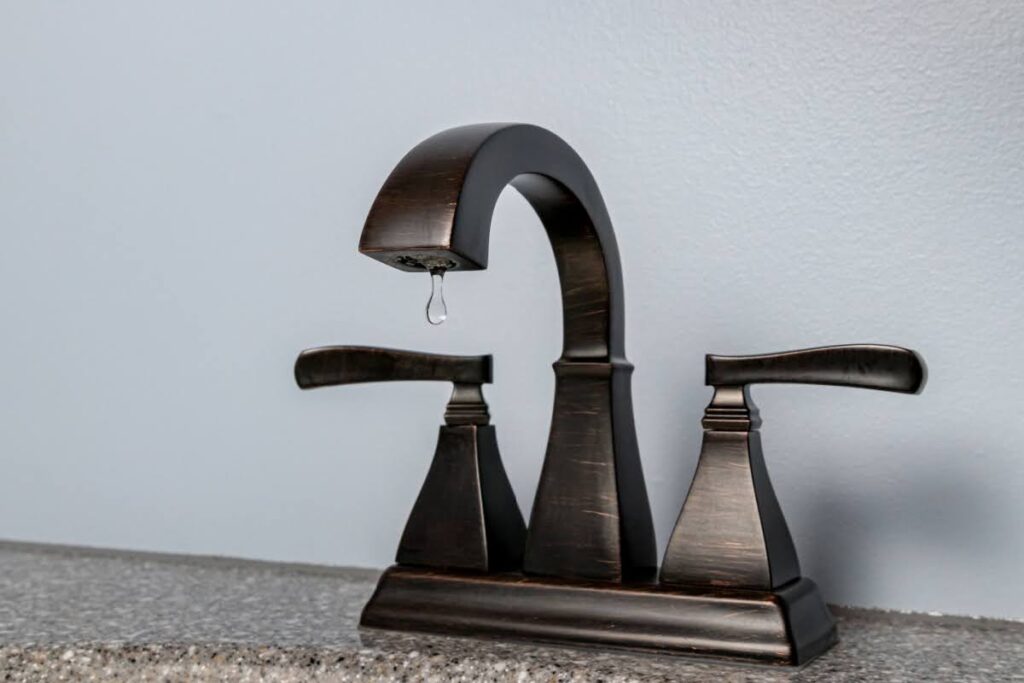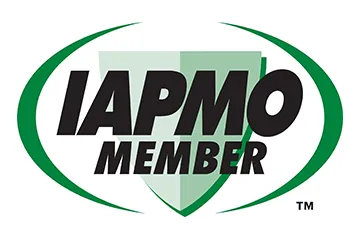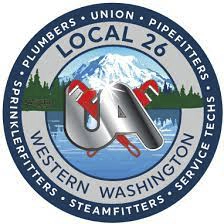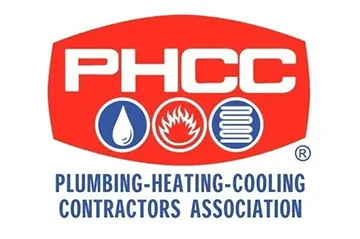Ever turned on your faucet only to be greeted by a weak trickle instead of a robust flow? Low water pressure can be incredibly frustrating, leading to incomplete showers, inefficient cleaning, and a general feeling of inconvenience. More importantly, it can leave you asking plenty of questions and looking for someone you can trust to get you back to the water flow you’re used to. We’ll explore the intricacies of low water pressure to uncover the best way to solve your problems.
Low Water Pressure — What Does It Mean?
Some homeowners experience the phenomena where they flush their toilet and have to deal with a few seconds of less water coming from the sink while washing their hands, only for things to balance out as their toilet finishes the process of flushing. This is an example of low water pressure and only evolves into a problem when that lower water pressure becomes the norm across one or multiple plumbing appliances. But what does low water pressure really mean? Essentially, it refers to the reduced force or speed at which water flows through your pipes and out of your fixtures. It can turn simple tasks, like washing dishes or showering, into frustrating chores.
Identifying Low Water Pressure
Recognizing low water pressure is the first step toward addressing the problem. Symptoms may include slow-filling tubs and sinks, weak flow from showerheads, and appliances like washing machines taking longer than usual to operate. Sometimes, it might take longer to fill a pot or a bucket than it should, and that could be all it takes for you to recognize there’s an issue developing. However, pinpointing the root cause demands a bit more investigation. You don’t have to live with these inconveniences, so be sure to reach out for professional help if you notice any of these signs.
What Causes Low Water Pressure?
Fortunately for many homeowners, the causes of low water pressure are fairly obvious. Plumbing companies usually won’t have to look for long when attempting to dissect your problems. They’ll consider things like how many fixtures are dealing with low water pressure or how much water your home demands each day. Other potential causes of low water pressure include:
- Pipe blockages: Debris, such as dirt, sand, solidified oil and grease, and food, can clog your pipes, resulting in reduced water pressure.
- Faulty pressure regulators: These devices control the water pressure in your home. If they malfunction, your water pressure may drop.
- Water leaks: Leaks can divert water away from your fixtures, causing low pressure.
- Outdated fixtures: Old, worn-out fixtures may not be able to deliver water as efficiently as newer models, leading to perceived low pressure.
- High local water demand: If many people in your area are using water at the same time, the local water pressure may decrease.
What Can I Do to Make Low Water Pressure a Thing of the Past?
Plenty of solutions exist for low water pressure. If you suspect a blockage, a professional plumber can inspect your pipes and remove any debris. If your pressure regulator is faulty, it may need to be repaired or replaced. Leaks should be fixed promptly to prevent water waste and restore proper pressure. Upgrading your fixtures can also improve water pressure, as can scheduling your water use to avoid high-demand times. And remember to focus on prevention methods to avoid the causes of low water pressure. Regular plumbing inspections can quickly identify any developing issues before they take a toll on your home or wallet.
Solve Your Low Water Pressure Problems With Skagit Plumbing!
Low water pressure is an issue that you don’t have to live with. By understanding its causes and knowing how to address them, you can ensure that your home’s water pressure remains at the optimal level. So, if you’re experiencing low water pressure, reach out to Skagit Plumbing. Our team can perform sewer video inspections, drain repairs, and other services for residents in Mt. Vernon, WA, and the surrounding areas to help detect and fix the problems causing your low water pressure. Contact us today to schedule service with our team and avoid the impacts of low water pressure today!




